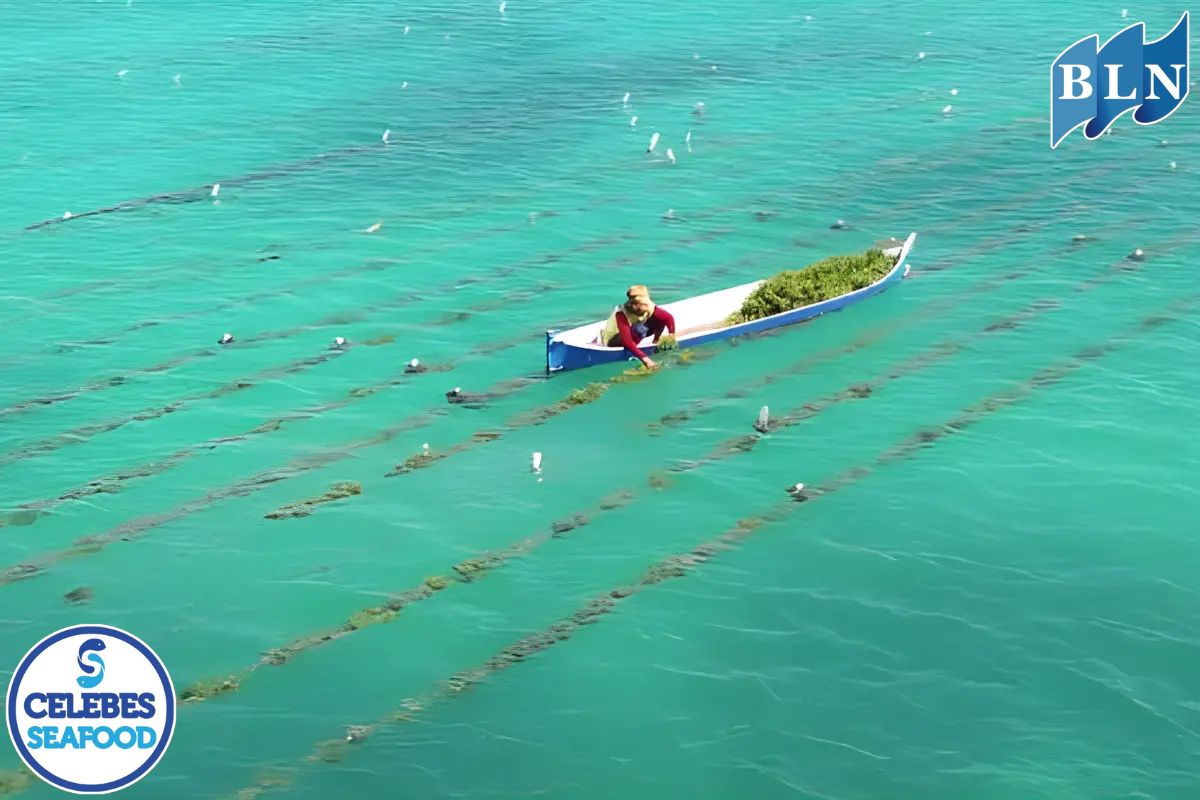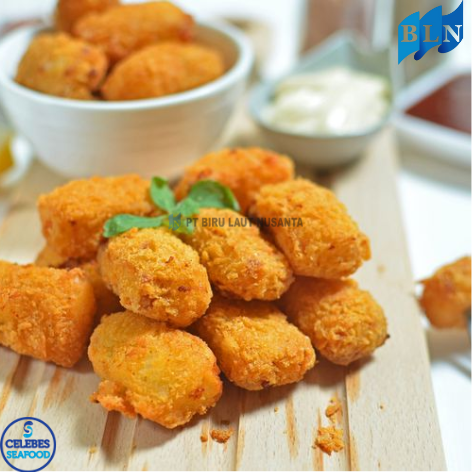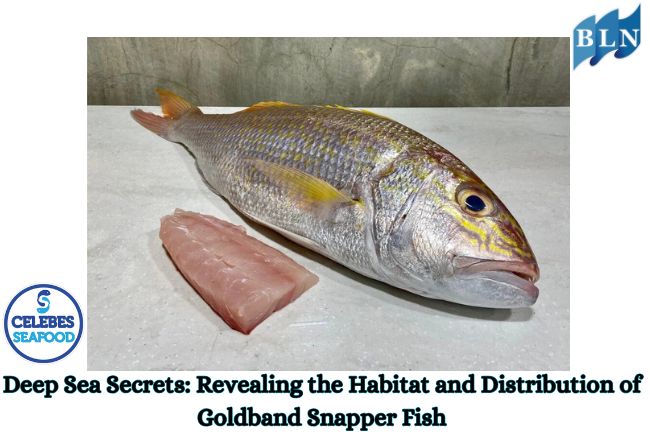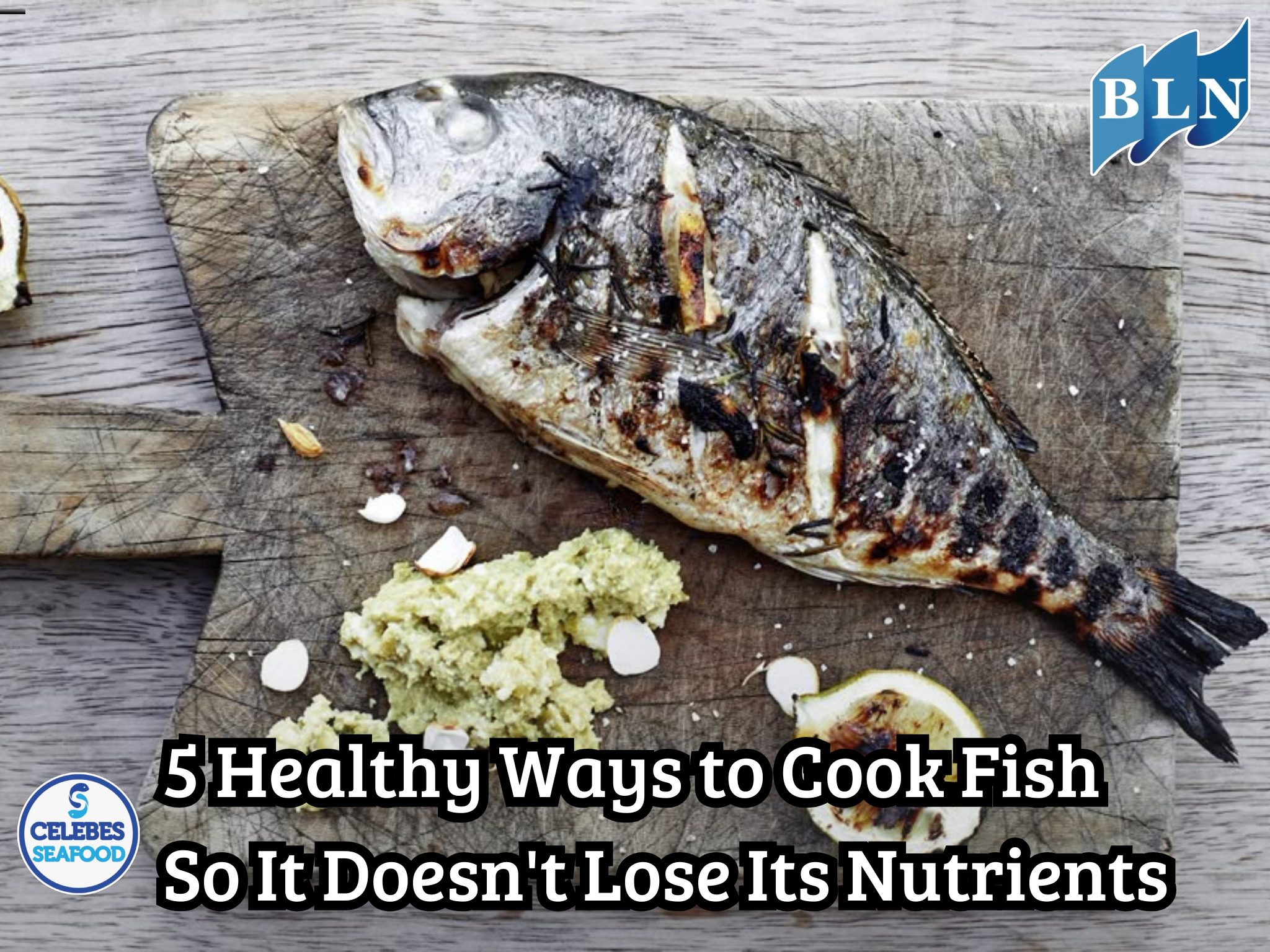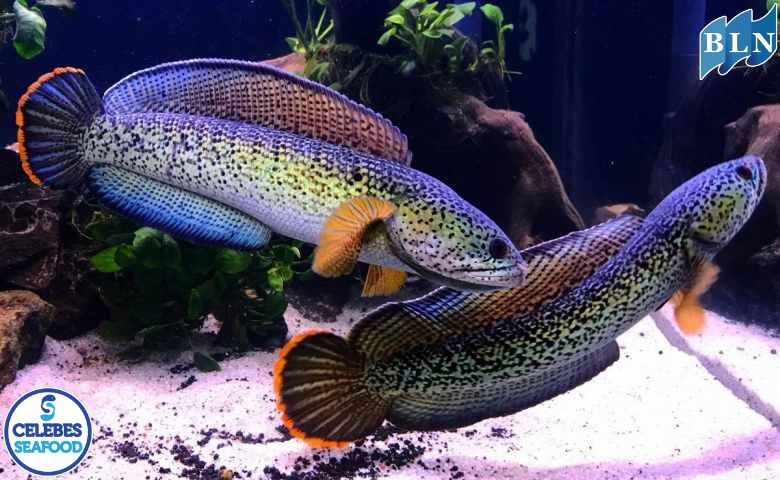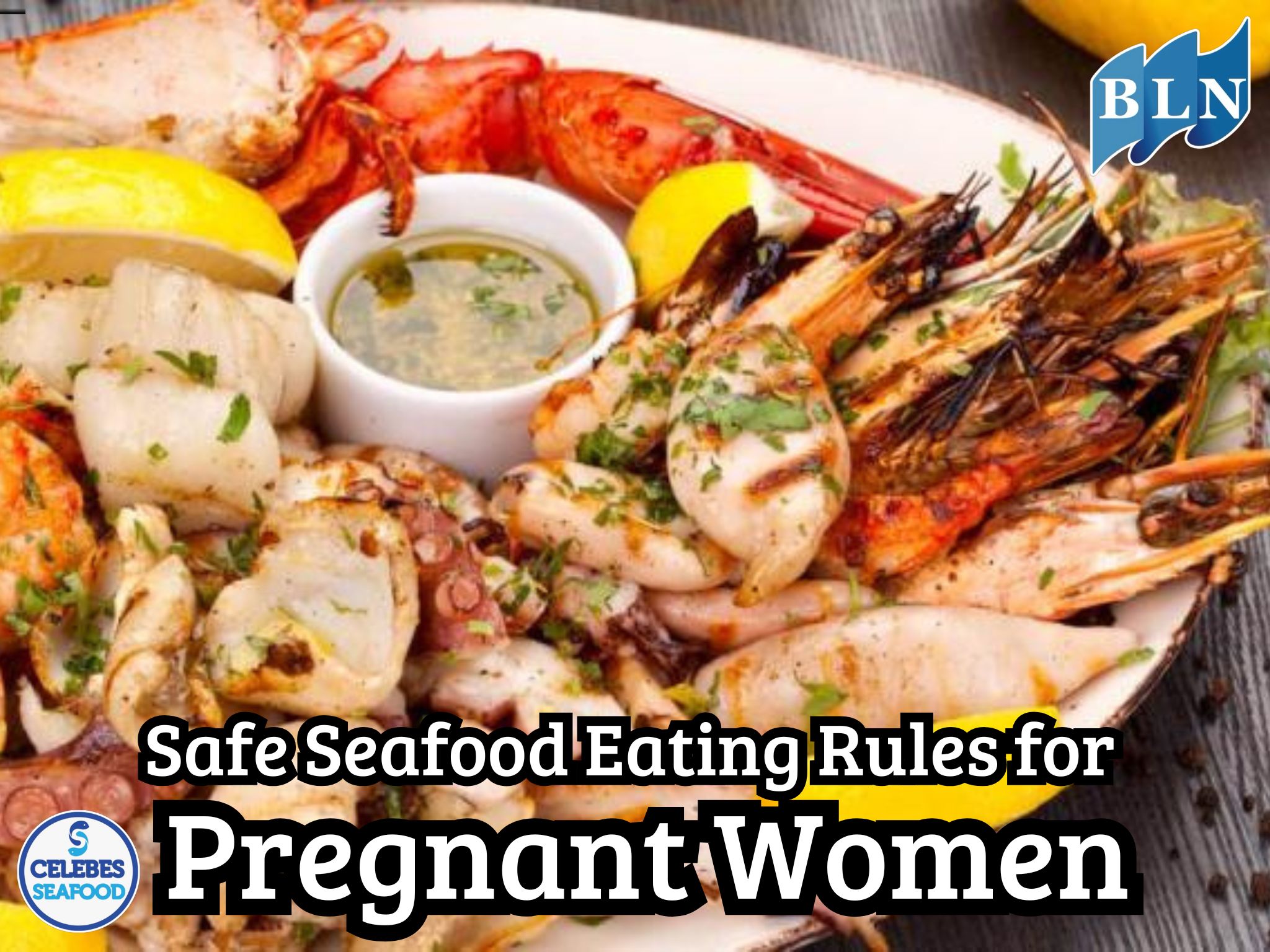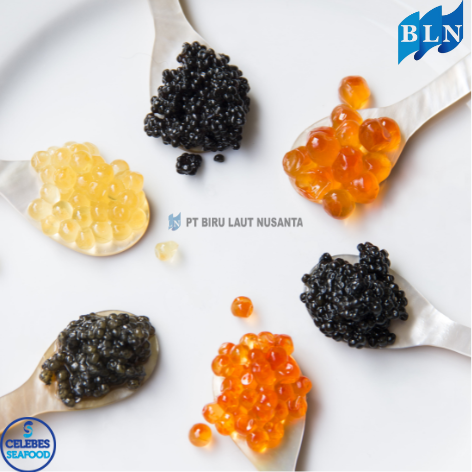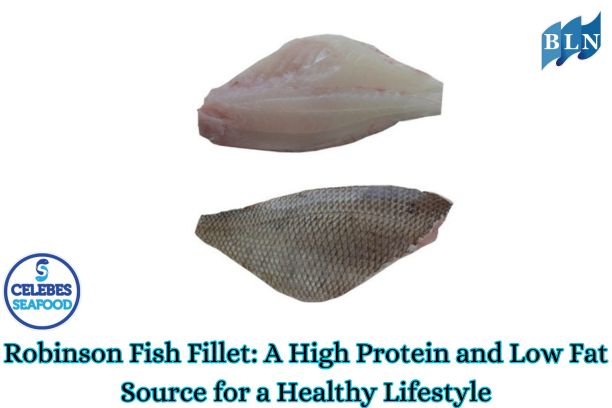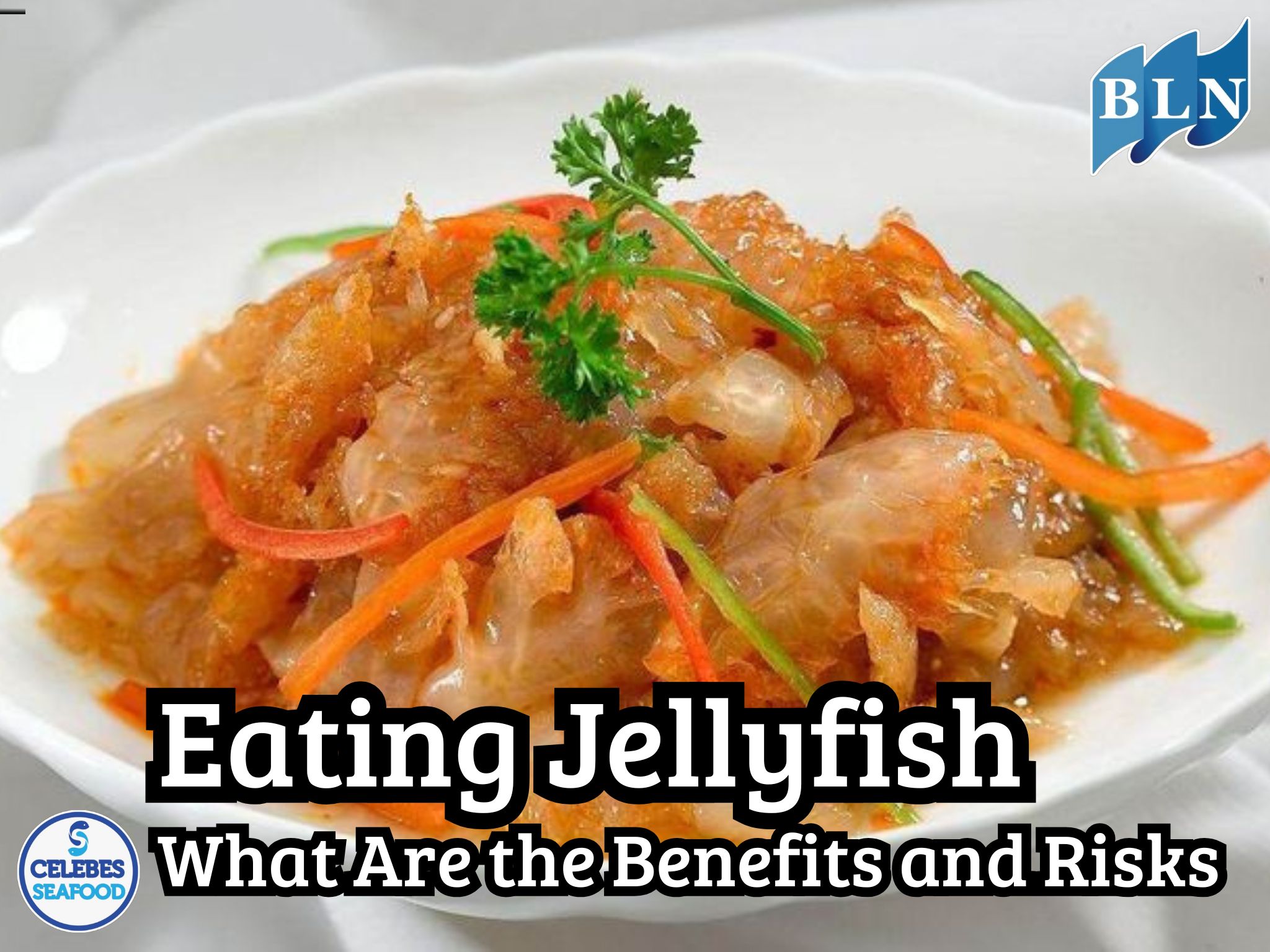How to Ensure Robinson Sea Bream is Free from Contaminants?
By. Nindi - 19 Feb 2025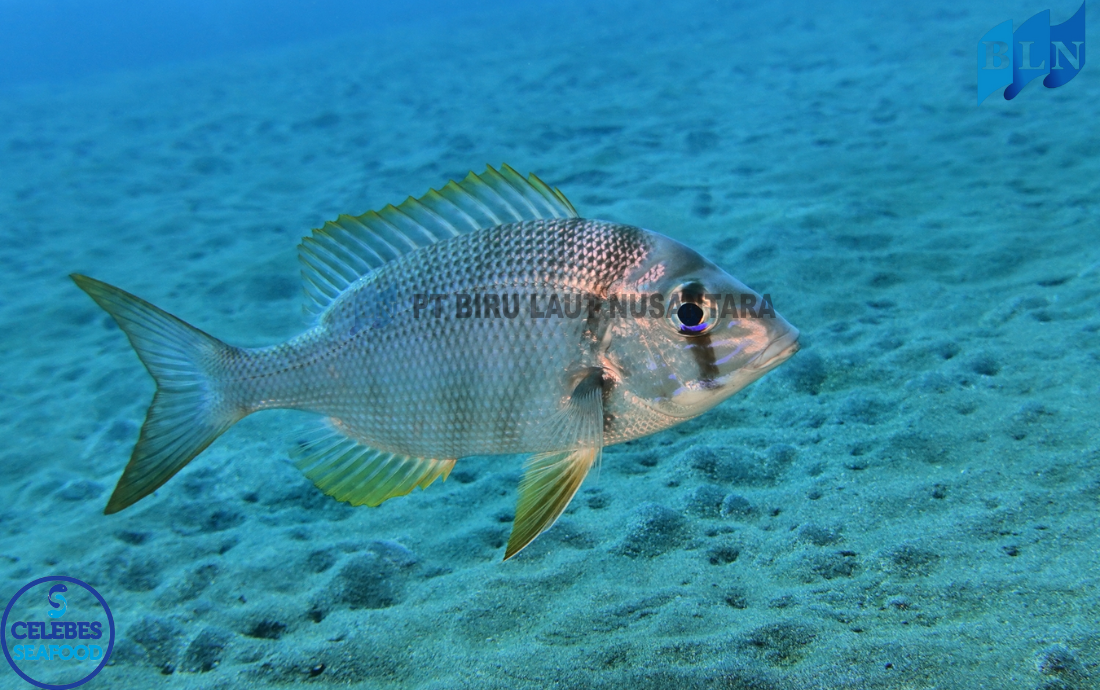
lautnusantara.com Ensuring the safety and quality of seafood is crucial, especially for consumers who prioritize health and nutrition. Robinson Sea Bream, a popular fish in the seafood industry, must be free from contaminants such as heavy metals, bacteria, and chemical residues. Maintaining high food safety standards from fishing to consumption is essential to ensure that this fish remains a healthy choice.
Sources of Contaminants in Robinson Sea Bream
Contaminants in seafood can come from various sources, including:
- Water Pollution – Industrial waste, agricultural runoff, and sewage can introduce harmful substances into the ocean.
- Heavy Metals – Mercury, lead, and cadmium can accumulate in fish due to ocean contamination.
- Bacterial and Parasitic Contamination – Poor handling and storage can lead to bacterial growth, such as Salmonella and Listeria.
- Chemical Residues – Pesticides and antibiotics used in aquaculture can leave harmful residues in fish.
Best Practices to Ensure Contaminant-Free Robinson Sea Bream
Read Also : Why Are Saltwater Fish More Nutritious Than Freshwater Fish?
1. Sustainable and Clean Fishing Practices
- Sourcing from Unpolluted Waters – Fisheries should catch Robinson Sea Bream from clean and well-regulated ocean areas to minimize exposure to pollutants.
- Strict Monitoring of Fishing Zones – Authorities and seafood companies must ensure fishing areas are free from industrial and chemical pollution.
2. Proper Handling and Storage
- Immediate Freezing and Proper Refrigeration – Keeping fish at the right temperature prevents bacterial growth and maintains freshness.
- Hygienic Handling Procedures – Workers in the seafood industry should follow hygiene standards, such as using gloves and sanitized equipment.
3. Regular Testing for Contaminants
- Laboratory Testing – Companies should regularly test Robinson Sea Bream for heavy metals, bacteria, and chemical residues before distribution.
- Compliance with International Food Safety Standards – Fisheries should adhere to regulations such as the FDA, EU food safety standards, and HACCP (Hazard Analysis and Critical Control Points).
Read Also : Red Emperor Protein: Important Role in Body Growth and Development
4. Ensuring Safe Aquaculture Practices
- Using Organic and Sustainable Feed – Fish farms should avoid feeds containing harmful additives or antibiotics.
- Monitoring Water Quality in Fish Farms – Ensuring clean water conditions prevents contamination in farmed Robinson Sea Bream.
5. Consumer Awareness and Safe Preparation
- Buying from Trusted Sources – Consumers should purchase Robinson Sea Bream from reputable suppliers with quality certifications.
- Proper Cooking Methods – Cooking fish at the right temperature (above 145°F or 63°C) eliminates bacteria and parasites.
Ensuring that Robinson Sea Bream is free from contaminants requires a collaborative effort from fisheries, seafood industries, regulatory authorities, and consumers. By following sustainable fishing, proper handling, and strict food safety standards, Robinson Sea Bream can remain a safe and nutritious seafood choice.
If you are interested in our Robinson Sea Bream Fillet Skin On, Redfin Emperor Fillet Skin On, Red Emperor Fillet Skin On please do not hesitate to contact us through email and/or whatsapp.
